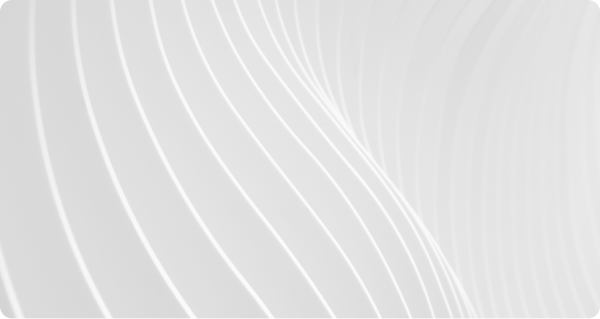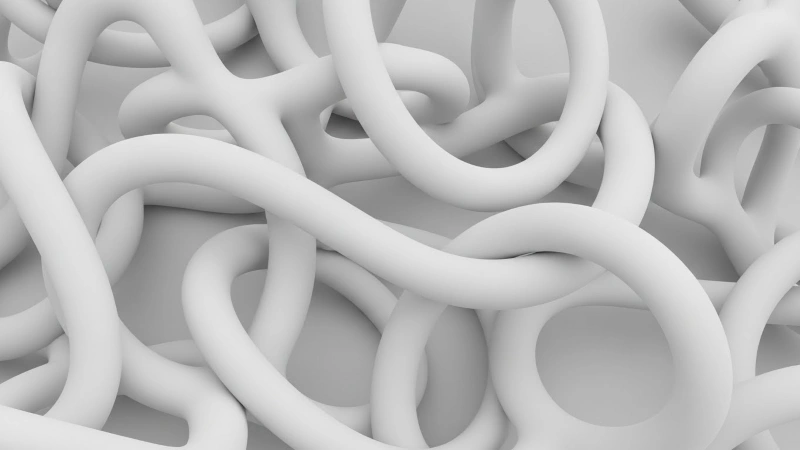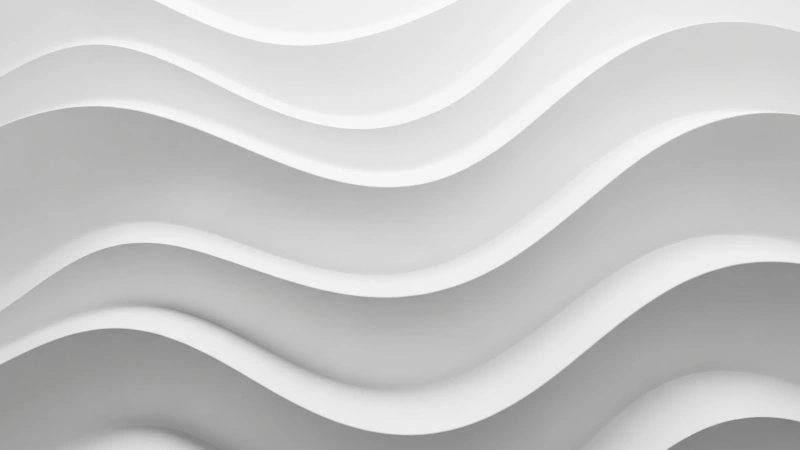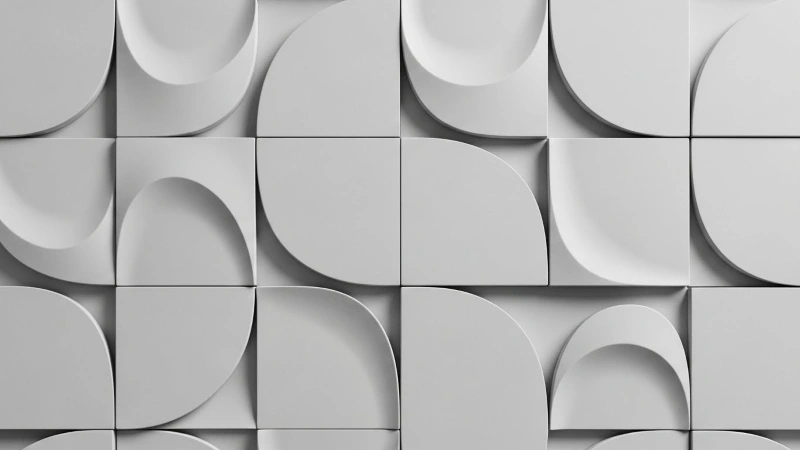
Your world, your biosphere — your impeccable back and front yard. In the pursuit of a well-designed outdoor space, the expertise of good landscape designers can be the ultimate game changers. Still, the traditional approach of hiring a local designer is being rapidly transformed by the rise of remote landscape designers — a metamorphosis that in a way engages both parties. Why? Because both can benefit from the shift in dynamics. These professionals up their operations with advanced tools and diverse design perspectives. Giving them the possibility to offer cost and time-efficient solutions, bringing your outdoor vision to life without geographical constraints.
A beautifully designed outdoor area not only enhances the aesthetic appeal of your property but also increases its value and provides a tranquil space for relaxation and social activities.
Studies have shown that for every dollar spent in a household improvement, the ROI is 3 times. The same goes for landscaping.
“Your frontward is the first glimpse of your property. If you’re selling, that is the first impression. If you’re hosting a party, that’s your welcome mat.” — Zillow consultant.
With the advent of landscape remote designers, homeowners can now access top-notch design services without the limitations of location. They are no longer encapsulated or even jailed by the limited scope of their geographical offers — they can start thinking outside the box, and grasping more exotic options.
Remote landscape design refers to the process where designers work with clients entirely through digital communication. They give clients more or less the same outputs as an on the site professional — some even hire regional people to serve as their figurehead during the job.
Using a very vast and always expanding toolbox of online applications, they gather information, create designs, and collaborate with clients to develop detailed landscape plans. This M.O. gives flexibility and convenience, making professional design services more accessible.
One of the most important advantages of hiring a remote landscape designer is the ability to access a global pool of talent. This opens up opportunities to work with specialized designers who bring diverse perspectives and innovative ideas to your project. This gives the design fresh, innovative, outside the box ideas that they wouldn’t have found at a local level. They can find designers with new takes and not just the ones that appear in their “yellow pages.”
This means that clients can have perspectives that incorporate other ideas that are not locally known — incorporating designs that take into account the biosphere not just the aesthetic of the place. Designs that have been crafted to be eco-friendly for example.
This also gives them the ability to tweak their budgets. Why? Remote landscape design can be more cost-effective than traditional methods. Reduced travel and meeting costs, combined with faster project timelines due to flexible working hours, contribute to overall savings. There’s also a lot to be said about the cost of living – and how that is translated into a budget – in a place like L.A. compared to Buenos Aires.
A study by the American Society of Landscape Architects found that remote projects typically reduced costs by 20% and completed 30% faster than traditional in-person collaborations.
Remote designers offer virtual consultations and easy communication — this makes the whole ordeal much more convenient. You can ZOOM to discuss ideas and WhatsApp to provide feedback. This flexibility extends to scheduling and project management. At its core it allows clients to collaborate at their convenience.
Sarah, for example, a homeowner in Australia, worked with a landscape designer remote in Spain. Through virtual consultations and online collaboration tools, they developed a stunning garden design that was implemented seamlessly.
Now, let’s discuss the process of working with a remote landscape designer.
The first step in this journey involves sharing your vision, specific needs, and, most importantly, your budget with the designer. This helps set the main cornerstone for the project. At its core it makes sure that both parties are aligned — talking the same language.
Clients provide site photos, measurements, and other critical details to help the designer understand the space. This information is key for creating accurate and tailored designs.
Based on the provided information, the designer creates initial concepts and plans. They may use all types of “weapons” for his task. Depending on their strength they’ll deliver the design within a couple of days. These designs are then shared with the client for review and feedback.
Clients review the designs and provide feedback, requesting any necessary revisions. It’s important that clients take the time and review with utmost care the design — and that they can vocalize their pleasure as well as their displeasure. This iterative process continues until the final design meets the client’s expectations.
Once satisfied with the design, the client approves the final plans. The designer then provides detailed implementation guidelines to help local contractors execute the project. This is the final moment — once approved new iterations on the design will most likely be budgeted separately.
Companies like BrightView and TruGreen – which are among the most profitable landscaping companies – have started incorporating remote design services to expand their reach and efficiency. They are pioneering the drive. Why? Because there are over 1.3 million people who are employed in the U.S. landscaping industry, alone —- with a substantial number working in landscape design roles. Remote landscape designers can earn competitive salaries, often comparable to or exceeding those of traditional in-office roles due to the demand for their specialized skills. This has also been galvanized by the trend towards sustainable and aesthetically pleasing outdoor spaces which has increased the need for innovative landscape designs.
Many clients are looking for designs that incorporate native plants and eco-friendly materials, and remote designers are well-positioned to meet these demands by offering their expertise.
In countries outside the US, Switzerland for example, landscape designers are incorporating eco-friendly options and technology that can even help to reduce a household’s carbon footprint using solar panels embedded into the gardens.
Working with remote landscape designers offers numerous benefits, including access to a global talent pool, cost and time efficiency, and enhanced convenience. By embracing this modern approach, homeowners can bring their outdoor visions to life with innovative designs and seamless collaboration. The future of remote landscape design holds a huge potential, promising to transform outdoor spaces into beautiful, functional havens. Consider this approach for your next landscaping project and experience the advantages firsthand.
Remote landscape design is not just a trend — it’s the future of creating beautiful, personalized outdoor spaces.
About the Author
With a deep understanding of what companies need to build top-performing remote teams and fully remote departments, his journey with Uptalent has been dedicated to creating exceptional remote work solutions and helping companies thrive with top-tier remote talent.
Expertise:
Explore these related articles to dive deeper into the topic and discover more insights.

How a Digital Marketing Strategist Helps You Build Effective Campaigns

5 Key Benefits of SEO Outsourcing for Digital Marketing Agencies

The Importance of a Payroll Specialist in Preventing Payroll Errors